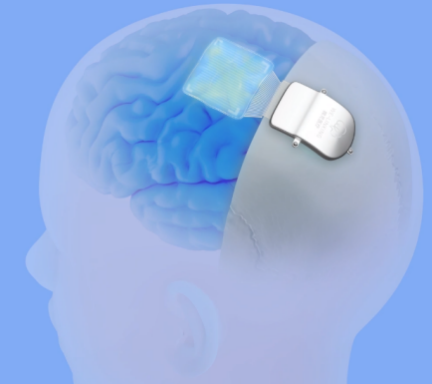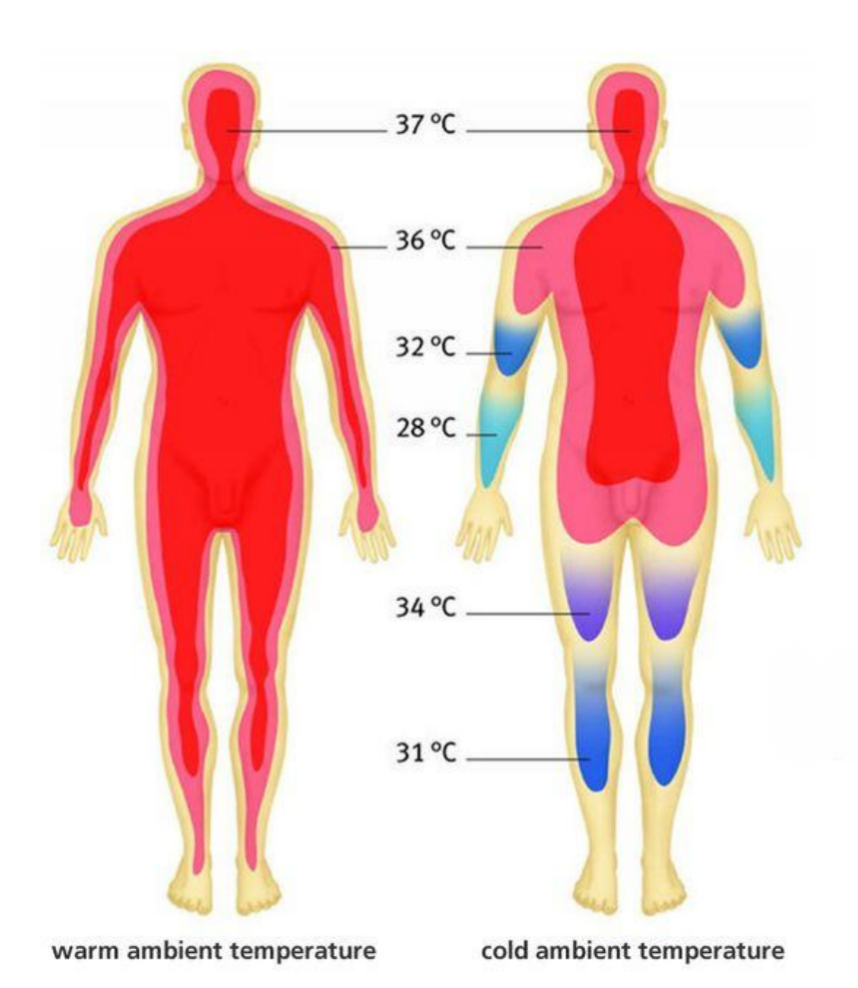From Thought to Action: How Neuralink Turns Thinking into Reality
Imagine sitting on your couch, staring at a chessboard on the screen, without a mouse or keyboard in hand. Suddenly, the cursor moves on its own, precisely placing pieces on the target spots—all achieved using just your thoughts.

Eight years ago, Nolan suffered a severe injury during a diving accident. Today, however, a small chip—a Neuralink brain implant—has transformed his situation and life. This chip acts like a "highway”, connecting the brain to a computer, turning thoughts directly into actions. Now, Nolan can not only control a computer mouse but also play strategy games like Civilization VI, a complex and challenging virtual world, just like any other player. He described the initial experience as being similar to learning to ride a bike: clumsy at first, but with practice, he now "glides effortlessly." With just a glance at the screen, the cursor moves precisely to the desired position.
Neuralink's technology is not the first attempt to enable humans to control devices using thoughts. As early as 2004, scientists had developed a similar implant that allowed users to control a mouse cursor. However, the early devices had many limitations, such as requiring numerous cables to connect the equipment, being usable only in laboratories, and lacking operational flexibility. Neuralink's technology, in comparison, is like adding a "turbo engine" to an "old wooden cart." Its brain implant works wirelessly and can be used by users at home. This means that people needing technological assistance are no longer confined to research institutions but can freely explore this "new frontier of thought" in the comfort of their living rooms.
While the technological leap is exciting, Neuralink's implant is not without flaws. The chip's user experience still has some challenges, but these "growing pains" will undoubtedly be addressed in the future. After all, every great invention undergoes rounds of trial and improvement. At the same time, Neuralink is not "fighting alone" in this field. Its main competitor, Synchron, has also developed a brain implant, but there are notable differences between the two. If Neuralink's technology is likened to a "high-speed train" directly reaching its destination, Synchron's technology is more like a "subway" bypassing obstacles. Synchron's device is implanted in the blood vessels at the top of the brain, resulting in a lower surgical risk. However, this non-invasive approach also has its limitations: because the device is located outside the brain, the data it collects is not as comprehensive as Neuralink's directly implanted device.

For many, controlling devices with thoughts still sounds like an outlandish concept. The brain, often referred to as "the most complex machine of humankind," is essentially a precise network of electrical signals. Every action, every word, and even every thought is driven by electrical signals in the brain. Neuralink's chip acts as a "translator," converting these complex signals into commands a computer can understand, thereby turning thoughts into real-world actions. From playing chess to engaging in video games, these experiences may just be the tip of the iceberg. Shortly, the potential applications of brain implants could be beyond our imagination—for instance, helping paralysed individuals "walk" again or assisting stroke patients in regaining motor skills.

However, the competition in brain implant technology is not just a technological battle among companies; it also concerns the future freedom and possibilities of humanity. Will Neuralink's technology be widely accepted? Can it truly address the life challenges of people with disabilities and chronic illnesses? For those who agree to participate in the trials, implanting the chip is a bold experiment and a "trial" to change their fate. Someday, we might all be able to use the power of our thoughts to open computers, drive cars, or even complete complex tasks. By then, the boundaries of thought will no longer be limited by our physical bodies.
So, the next time you see a sci-fi movie featuring "moving objects with thoughts," perhaps it will no longer be a surprising spectacle. With cutting-edge technology, these dreams may not be as far off as they once seemed.
(Writer:Juliy)



